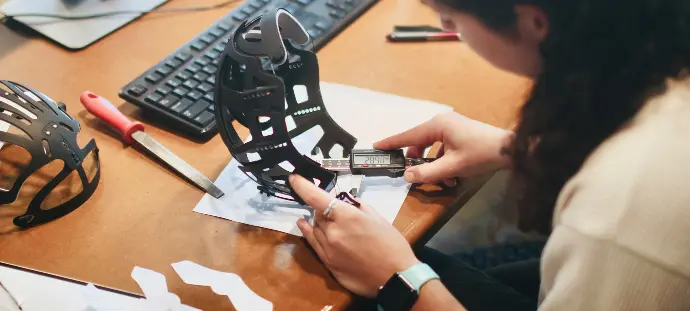Importing products from Asia is a complex process that requires careful planning and attention, especially when it comes to product specifications. In this blog we explore the critical importance of accurate product specifications when importing from Asian countries. We look at how detailed specifications can not only ensure the quality and consistency of products, but also how they can help navigate cultural and language barriers, and meet international standards.
The importance of precise product specifications
Defining accurate product specifications is an essential step in the import process. These specifications should include detailed descriptions of materials, dimensions, functionality, color, and other relevant features of a product. This level of detail helps avoid miscommunication and misunderstandings that often occur in cross-border trade.
- Quality assurance: Clear specifications ensure that the products you receive meet your expectations and quality requirements. This is especially important when dealing with manufacturers who may have different standards.
- Efficiency in communication: When doing business with Asian suppliers, language can be a barrier. Detailed and clearly defined specifications help bridge this barrier and leave less room for interpretation.
- Compliance with regulations: Different countries have different regulations and standards for products. By aligning your product specifications with these regulations, you avoid legal problems and ensure a smooth import process.
Drawing up effective product specifications
- Completeness and Detail: Make sure your specifications include all necessary information. Consider dimensions, materials used, production tolerances, and any safety requirements.
- Cultural Considerations: Take cultural differences into account when developing your specifications. What is considered standard in one country may be different in another.
- Technical Language: Use clear and technical language to avoid ambiguity. Consider using universal standards and units.
- Visual Aids: Images, diagrams and samples can be a valuable addition to your written specifications, especially for complex products.
Read more:

Quality control: everything you need to know about quality controls
In this blog we dive into the methodologies, challenges and best practices of quality control in China and other countries in Asia.
Challenges and solutions
When importing from Asia, several challenges can arise, such as differences in quality perception, communication problems, and logistical complications. It is important to take a proactive approach, build good relationships with suppliers, and possibly use local agents or quality inspectors.
Conclusion
Successfully importing products from Asia depends heavily on the quality and clarity of your product specifications. By paying attention to detail and clear communication, you can avoid common pitfalls and ensure a smooth import process. Remember that good specifications are the basis for quality products and successful business relationships.
Do you need help importing from India?
Westwood Sourcing provides specialist support and expertise to make importing from India successful and efficient. Contact us today for more information!









